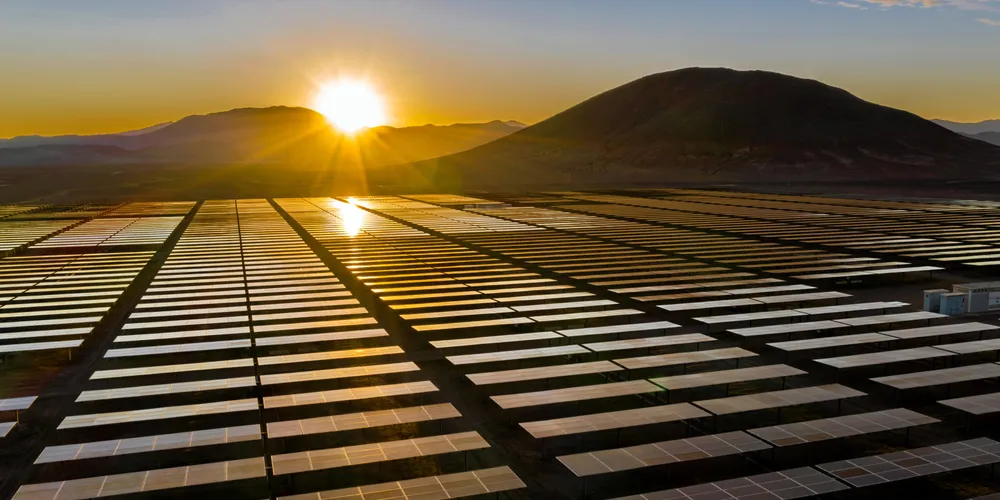US solar industry to resume strong growth in 2023 after 'tumultuous year': SEIA
Latest figures from trade body show some supply chain issues will ease, enabling installations to surge 43% to a record 28.4GW

“While 2022 was a tough year for the solar industry, we do expect some of the supply chain issues to ease, propelling 2023 growth to 41%,” said Michelle Davis, principal analyst at Wood Mackenzie and lead author of the report. If accurate, US capacity additions will total a record 28.4GW on a direct-current basis.
That compares with 20.2GW installed across all market segments last year, down 16% versus 2021. Utility PV, by far the largest, suffered the biggest decline, tumbling 36% to 11.8GW, the worst result since 2019.
Community solar additions fell 16% and those for commercial declined 6%. In contrast, the residential segment grew by a robust 40% over 2021 as a record 700,000 homeowners installed solar, according to the national trade body and analyst group.
Despite the overall contraction in activity, solar remained the top technology for new US power generation additions for a fourth consecutive year with 50% share, followed by wind (23%) and natural gas (17%).
The law addresses alleged human rights abuses in China’s Xinjiang region, a major supply source for polysilicon, cells, and other critical components in solar panels.
CBP began using so-called withhold-release orders (WROs) to detain products thought to contain polysilicon from Xinjiang. The agency later began asking for documentation that quartzite, a key ingredient of polysilicon, was not mined in the region.
While the presumption that any product using inputs from Xinjiang benefited from forced labor is rebuttable, the process for providing the proper evidence to comply with the law can take weeks, even months.
Potential detention of product led some solar panel suppliers in Southeast Asia to divert cargoes away from the US market or to avoid filling orders from there.
“Companies are aggressively shifting their supply chains, helping to ensure that solar installed in the US is ethically sourced and has no connection to forced labor,” said SEIA president and CEO Abigail Ross Hopper.
While the “timing is far from certain,” SEIA and Woodmac said they expect CBP to release more detained shipments in the coming months and this will help accelerate deliveries to the US.
Tariff circumvention
Separately, the threat of new and retroactive US tariffs on cells and modules from Southeast Asia had a chilling effect on sector activity. At issue is whether Chinese manufacturers are avoiding present duties by routing product to assembly plants in the region for “minor processing” before delivery to customers here.
After an investigation, the Department of Commerce (DoC) found four large Chinese suppliers were doing this and would be subject to tariffs as from 6 June 2024 – if this initial finding is ratified in a final determination due out on 1 May.
Another 22 companies in Malaysia, Thailand and Vietnam did not respond to DoC’s request for information in the probe, and consistent with longstanding agency practice, were initially found to be circumventing US tariffs.
“Despite the complex procurement environment, Woodmac forecasts the US will add 139GW of utility-scale solar capacity between this year and 2027.